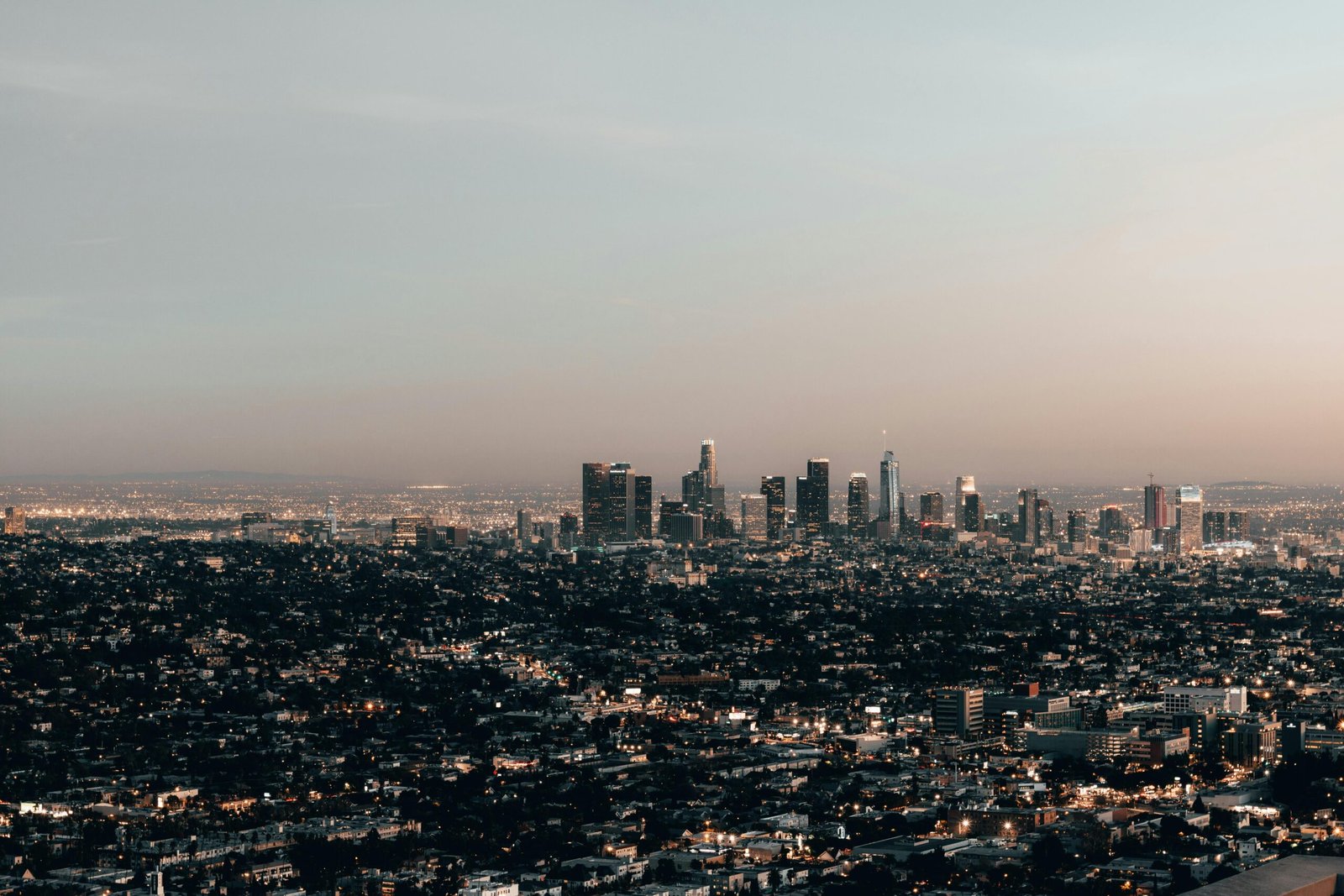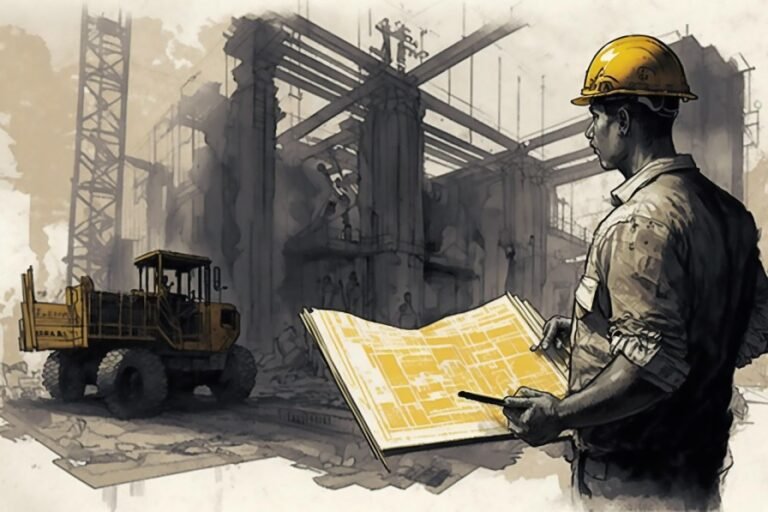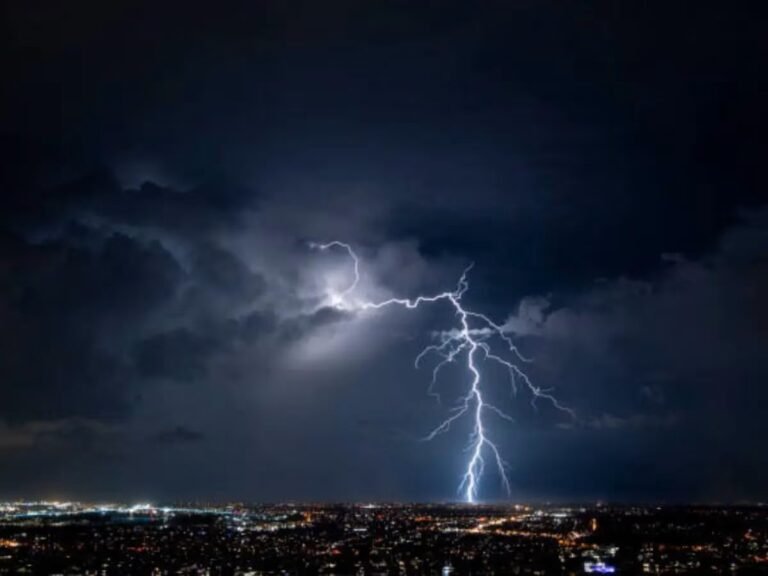Urban Sprawl Amazing Facts
Urban sprawl is a rising issue around the world, and the expansion of suburbs helps urban sprawl, and it changes from city to city, including megacities, smart cities, municipal roles, and more.
Table of Contents
What Is Urban Sprawl?
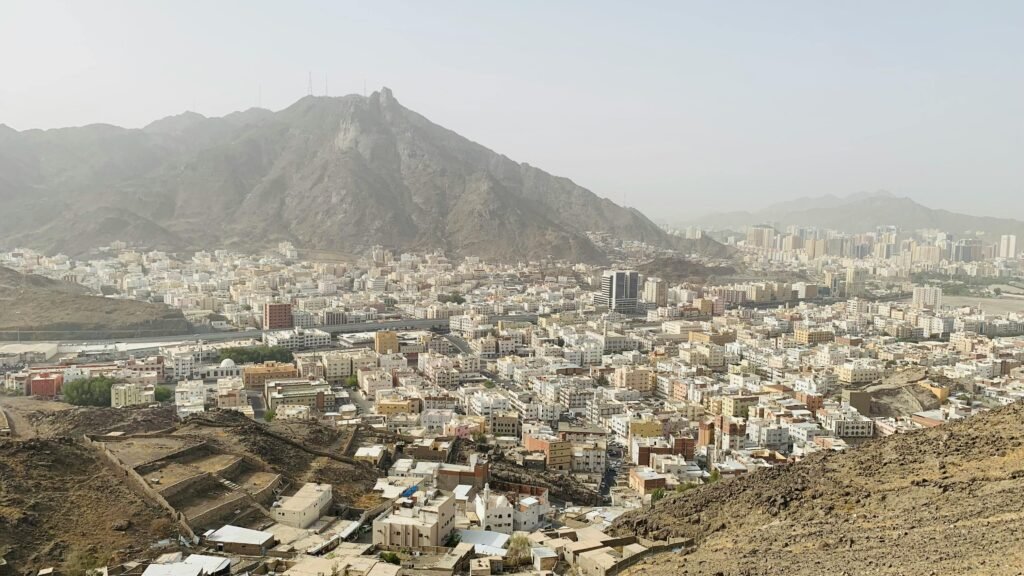
Urban sprawl is the uncontrolled spreading of a city (it means the expansion of a city).
This includes the nearby villages and also includes farmlands that are now converted into suburbs.
What Are Suburbs?
Suburbs are the farmlands which are now converting into urban sites.
These are new localities on the edge of the city.
Why Suburbs Depends On Main City?
The suburb depends on the main city because of: –
- Employment
- Major shopping
- Property
- Food
- Electricity and
- Entertainment.
As the suburb grows it becomes a part of the city.
- Transport
- Water supply and
- Sewage services also gets extended to the suburb.
Now, as the urban sprawl continues to grow the size of the city increases due to which the municipality faces severe problems.
What Problems Are Faced By Municipality?
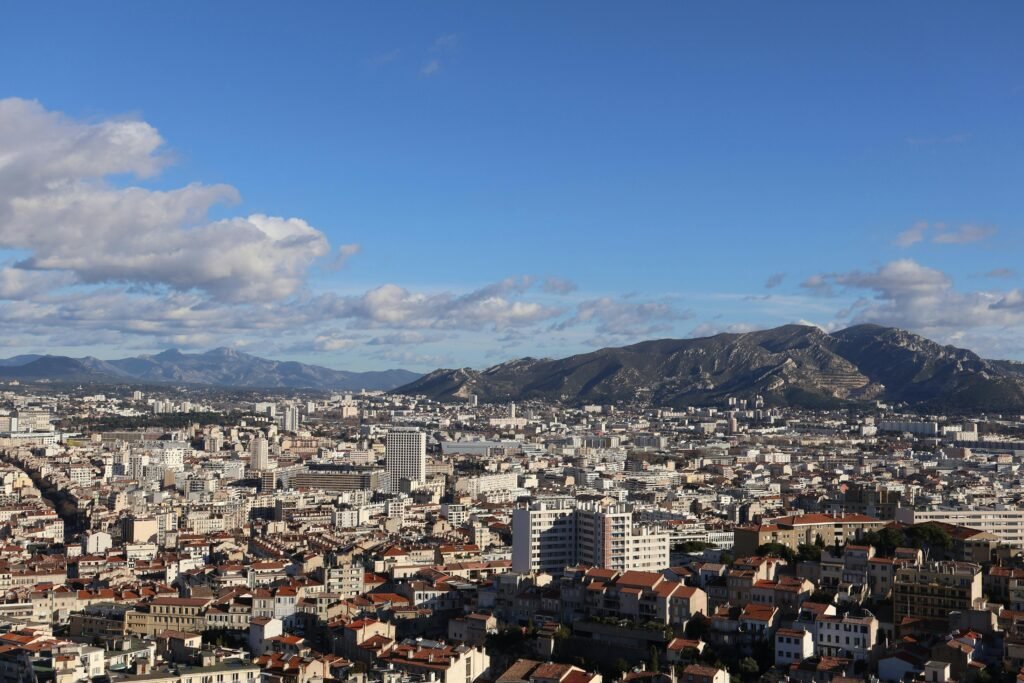
The problems faced by municipality are : –
- There is a Constant increasing demand for services.
- People suffer from a lot of traffic jams.
- Commuting times get longer.
- Increase of unemployed members in society.
- No sufficient arrangement for food and shelter (especially in developing countries like India)
- We face parking problems for vehicles.
Ideas The Government Comes Up With Recently
To stop this urban sprawl government came up with the idea of: –
- Satellite towns and
- Green belts
What Is Green Belt?
A Greenbelt is an area of land with fields or parks around a town or city, where people are not allowed to build houses or factories by law.
A Greenbelt is policy, used in land planning to preserve the land areas which are largely: –
- Undeveloped
- Wild
- Agricultural land
What Is Megacity?
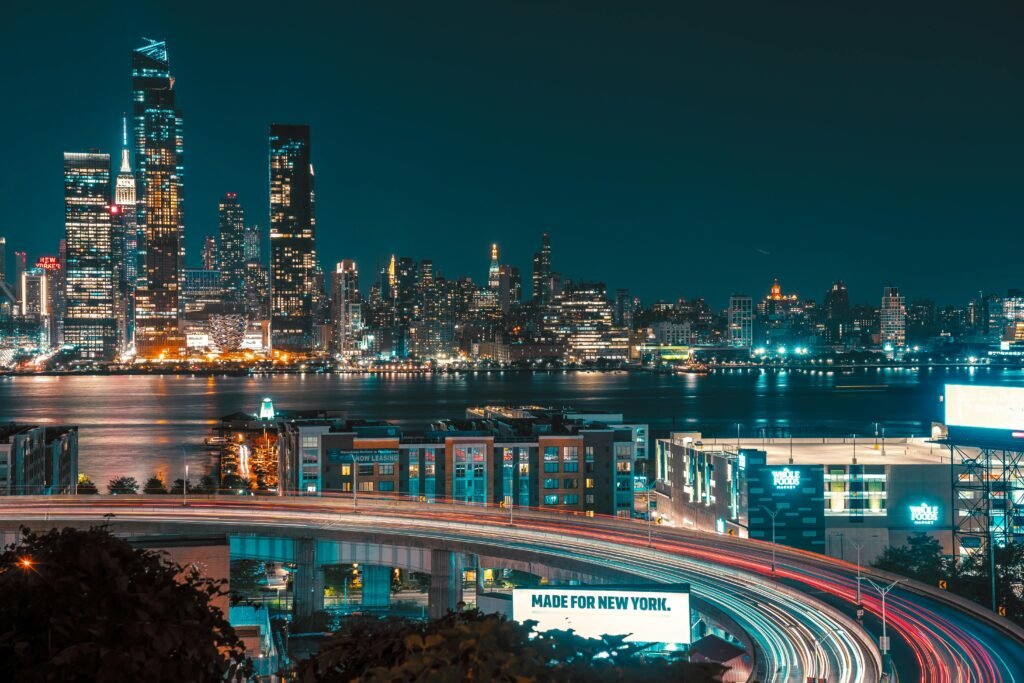
Megacity is defined as the city that has a population more than 10 million.
What Are The Problems In Mega Cities?
The problems faced by mega-cities are as follows: –
Water Scarcity: – With the increase of: –
- Population and
- Buildings the demand for water increases.
In most cities the: –
- Rivers
- Ponds and
- Lakes that used to provide water are now dry and heavily polluted.
- Solid Waste: – Thousands of tonnes of waste from the cities are transported and dumped in landfills.
- Traffic chaos and air pollution: – Hundreds of new vehicles are registered everyday and roads are not designed to handle so much of traffic.
- Traffic jam adds delays and worsens the air quality.
- Bad roads and flooding: – Due to corruption, poor construction and constant digging roads are in bad shape and are adding more congestion and accidents.
- Water drains are also badly designed and are unable to handle heavy rains.
- Inadequate and Unaffordable housing: – About 25% of the urban population lives in slums and there are no basic facilities available.
Objectives Of The Smart Cities Mission
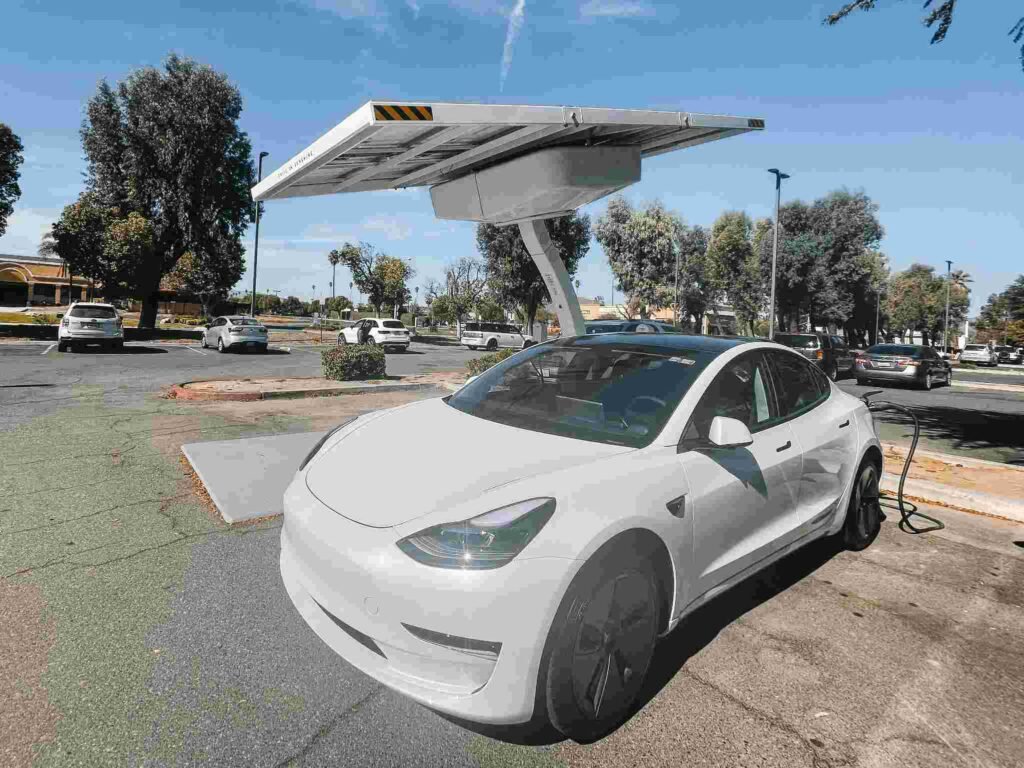
The objective of the Smart Cities Mission is to promote cities that provide core infrastructure and a decent quality of life to its citizens, a clean and sustainable environment and an application of smart solutions.
What Are The Core Infrastructure Elements?
The core infrastructure elements in a smart city would include: –
- Adequate water supply
- Assured electricity supply
- Proper Sanitation ( including solid waste management )
- Availability of public transport.
- Affordable housing, especially for the poor.
- Robust IT connectivity
- Sustainable environment
- Safety and security of citizens, particularly women, children, and elders
- Health and Education
Solutions & Smart Cities In India
An illustrative list of smart solutions are:
- E-Governance and citizen services
- Waste management
- Water management
- Energy management
- Urban mobility (smart parking, intelligent traffic management)
- Telemedicine
SMART CITIES IN INDIA
Smart cities in India are located in: –
- Ahmedabad
- Chennai
- Kochi
- Guwahati
- Ludhiana
- New Delhi

